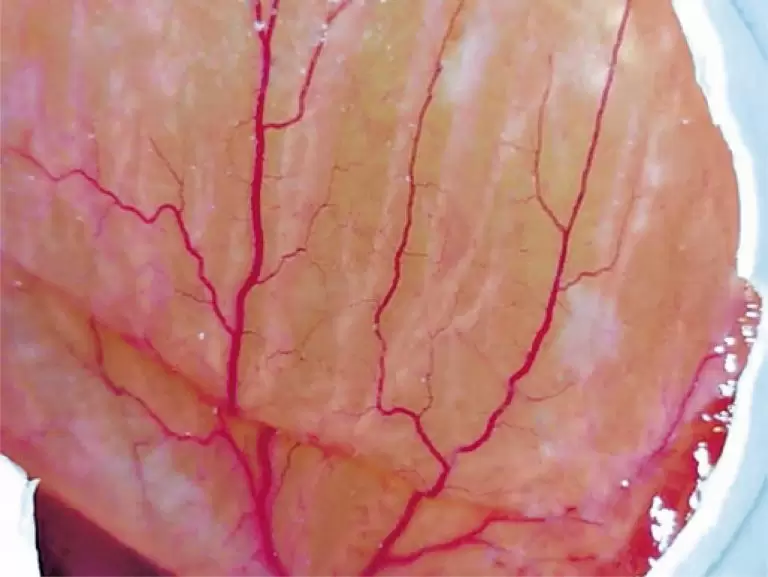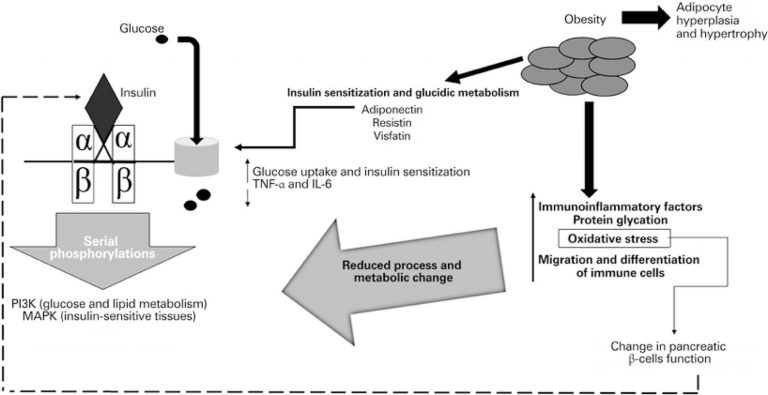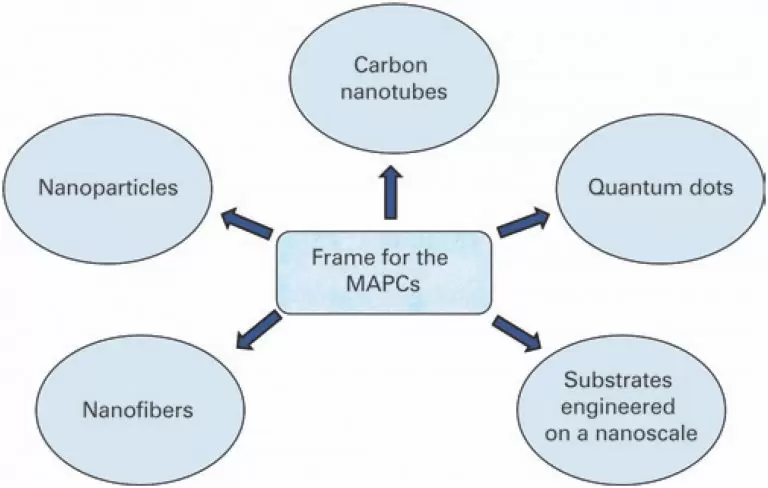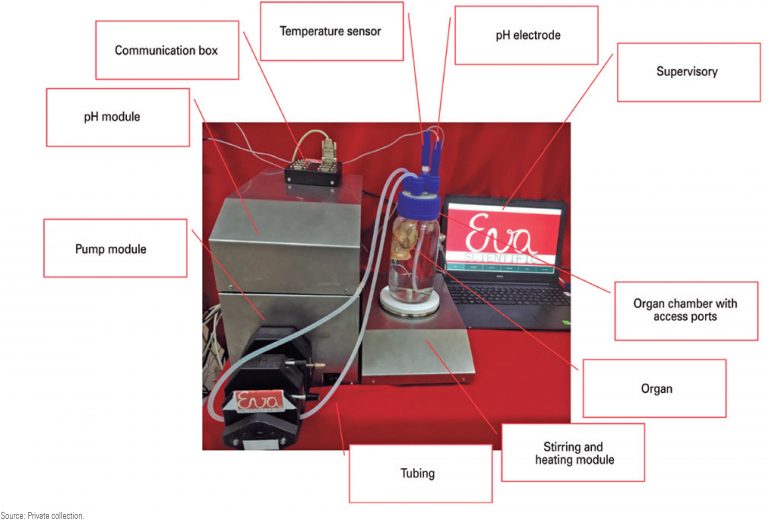04/Mar/2022
What is the role of heat shock protein in abdominal organ transplantation?
DOI: 10.31744/einstein_journal/2022RB6181
ABSTRACT Ischemia-reperfusion injury is a pathophysiological event occuring after abdominal organ transplantation, and has a significant influence on prognosis and survival of the graft. It is involved in delaying the primary function or non-functioning of the graft. The objective of this study was to provide information on heat shock protein mechanisms in ischemia-reperfusion injuries in abdominal organ transplantations, and to indicate the possible factors involved that may influence the graft outcome. Several classes of heat shock proteins are part of […]
Keywords: Heat-shock proteins; Kidney transplantation; Liver transplantation; Organ transplantation; Reperfusion injury
23/Feb/2022
MicroRNAs and exosomes: promising new biomarkers in acute myeloid leukemias?
DOI: 10.31744/einstein_journal/2022RB5954
ABSTRACT Despite advances in understanding of carcinogenesis and of treatment of acute myeloid leukemia, this neoplasm still has a lethality of at least 30%. The search for biomarkers that can predict the response to treatment in the early stages of the disease is still necessary. In recent years, a new form of cellular communication between tumor and non-neoplastic cells has been discovered: the exchange of information through extracellular vesicles. These are small vesicles released by membrane-coated cells that carry proteins, […]
Keywords: Biomarkers; Exosomes; Immunomodulation; Leukemia, myeloid, acute; MicroRNAs
03/Feb/2022
Challenges in the use of nanostructures as carriers of nucleic acids in clinical practice
DOI: 10.31744/einstein_journal/2022RB5898
ABSTRACT The delivery of nucleic acids to cells is considered a crucial step for the success of genetic modifications aimed at therapeutic purposes or production of genetically modified animals. In this context, nanotechnology is one of the most promising fields of science, with the potential to solve several existing problems. Nanostructures have desirable characteristics to be used as carriers, such as nanometric size, large surface area, cell internalization capacity, prolonged and controlled release, among others. Genetically modified animals can contribute […]
Keywords: Animals, genetically modified; Embryonic structures; Nanostructures; Nanotubes, carbon; Nucleic acids
27/Jan/2022
A review of alternative methods to the use of animals in safety evaluation of cosmetics
einstein (São Paulo). 27/Jan/2022;20:eRB5578.
View Article27/Jan/2022
A review of alternative methods to the use of animals in safety evaluation of cosmetics
DOI: 10.31744/einstein_journal/2022RB5578
ABSTRACT Alternative methods to the use of animals in research have been a global trend, mainly after the publication of the 3R’s principle (Replacement, Reduction, and Refinement), proposed by Russel and Burch. In the cosmetic sector, safety and efficacy assessments using animals have generated controversial debates. For this reason, in vitro research techniques are widely used to assess acute toxicity; corrosivity and irritation; skin sensitization; dermal and percutaneous absorption; repeated dose toxicity; reproductive toxicity; mutagenicity and genotoxicity; carcinogenicity; toxicokinetic studies; […]
Keywords: Alternative methods; Animals; Cosmetics; In vitro techniques; Safety assessment; Toxicity
26/Feb/2021
Human follicular helper T lymphocytes critical players in antibody responses
DOI: 10.31744/einstein_journal/2021RB6077
ABSTRACT Follicular helper T lymphocytes are a subpopulation of CD4+ T lymphocytes initially identified in germinal centers of follicles found in secondary lymphoid organs. The primary function of follicular helper T lymphocytes is to help B lymphocytes’ antibody production. Changing of antibody class and affinity, B cell differentiation and memory generation depend on cooperation between follicular helper T lymphocytes and B cells. In blood, follicular helper T lymphocytes are called circulating follicular helper T lymphocytes. They are considered to have […]
Keywords: Antibodies; B-lymphocytes; Follicular CD4 T cells; Germinal center; T-lymphocytes
30/Aug/2019
Isolated branched-chain amino acid intake and muscle protein synthesis in humans: a biochemical review
einstein (São Paulo). 30/Aug/2019;17(3):eRB4898.
View Article30/Aug/2019
Isolated branched-chain amino acid intake and muscle protein synthesis in humans: a biochemical review
DOI: 10.31744/einstein_journal/2019RB4898
ABSTRACT Alongside a proper diet, ergogenic aids with potential direct and/or indirect physical performance enhancing effects are sought after for improved adaptation to physical training. Nutritional ergogenics include diet composition changes and/or dietary supplementation. Branched-chain amino acids valine, leucine and isoleucine are widely popular among products with ergogenic claims. Their major marketing appeal derives from allegations that branched-chain amino acids intake combined with resistance physical exercise stimulates muscle protein synthesis. Evidence supporting the efficacy of branched-chain amino acids alone for […]
Keywords: Amino acids, branched-chain; Hypertrophy; Isoleucine; Leucine; Muscle, skeletal; Valine
02/May/2019
Immunosenescence: participation of T lymphocytes and myeloid-derived suppressor cells in aging-related immune response changes
DOI: 10.31744/einstein_journal/2019RB4733
ABSTRACT Healthy aging is partly related to appropriate function of the immune system. As already reported, some changes in this system are observed, including reduced number and repertoire of T cells due to thymic involution, accumulation of memory T cells by chronic infections, homeostatic proliferation compensating for the number of naïve T cells, decreased proliferation of T cells against a stimulus, telomere shortening, replicative senescence of the T cells, and inflammaging, besides the accumulation of myeloid-derived suppressor cells. The purpose […]
Keywords: Aging; Immunosenescence; Inflammation; Myeloid-derived suppressor cells; T-lymphocytes
19/Feb/2019
Immunoinflammatory mediators in the pathogenesis of diabetes mellitus
DOI: 10.31744/einstein_journal/2019RB4596
ABSTRACT Characterized as a metabolic syndrome with multiple consequences for the lives of patients, diabetes mellitus is also classified as a chronic non-communicable disease of great scope in the world. It is a complex disease, with different points of view, including the relation between inflammatory process, obesity and insulin resistance due to the performance of the various immunoinflammatory mediators – called adipokines – on glycemic homeostasis. Recent studies have precisely addressed this aspect for the development of drugs that assist […]
Keywords: Adipokines; Diabetes mellitus; Insulin resistance; Obesity
21/Nov/2018
Nanotechnology and multipotent adult progenitor cells in Reparative Medicine: therapeutic perspectives
DOI: 10.31744/einstein_journal/2018RB4587
ABSTRACT The biology of stem cells is one of the most dynamic and promising fields of the biological sciences, since it is the basis for the development of organisms. Its biological complexity demands efforts from several lines of research aimed mainly at its therapeutic use. Nanotechnology has been emerging as a new field of study, which shows great potential in the treatment of various diseases. This new area of health has been called “Nanomedicine” or “Bionanotechnology”, which can be applied […]
Keywords: Nanotechnology; Stem cells; Therapeutics
11/Sep/2018
Cardiac tissue engineering: current state-of-the-art materials, cells and tissue formation
DOI: 10.1590/S1679-45082018RB4538
ABSTRACT Cardiovascular diseases are the major cause of death worldwide. The heart has limited capacity of regeneration, therefore, transplantation is the only solution in some cases despite presenting many disadvantages. Tissue engineering has been considered the ideal strategy for regenerative medicine in cardiology. It is an interdisciplinary field combining many techniques that aim to maintain, regenerate or replace a tissue or organ. The main approach of cardiac tissue engineering is to create cardiac grafts, either whole heart substitutes or tissues […]
Keywords: Biopolymers; Bioreactors; Cardiomyoplasty; Cardiovascular diseases; Heart transplantation; Tissue engineering







